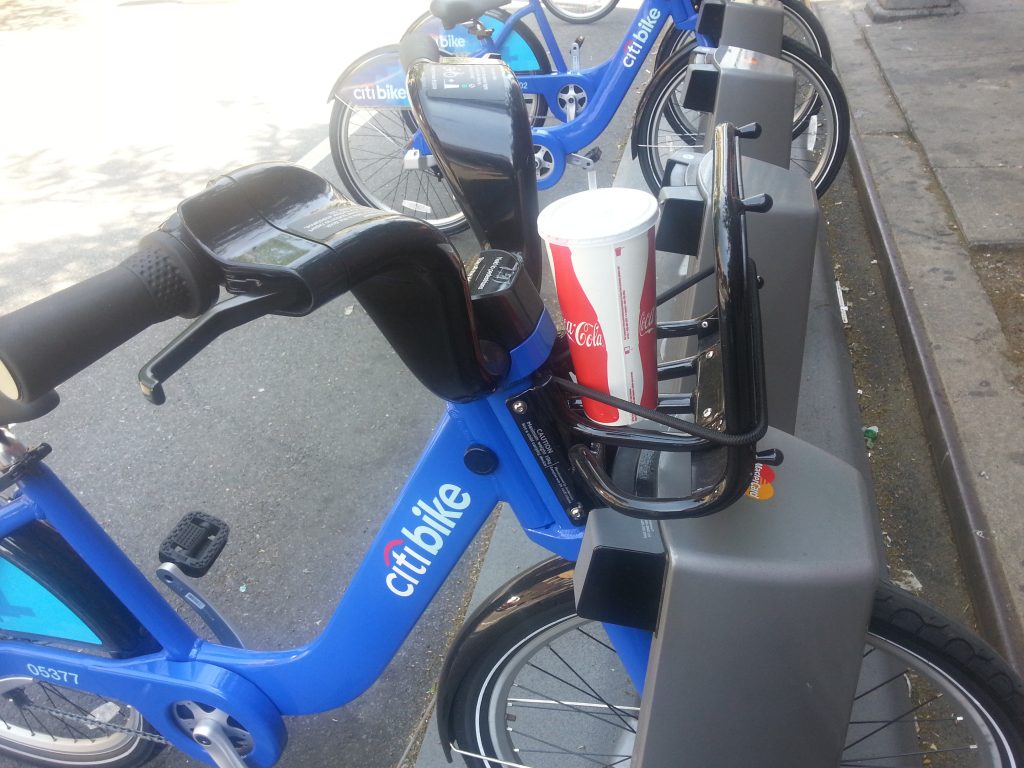Content Marketing: What To Measure Beyond Sales & Leads
How should content be measured and analyzed? Let us count the ways (or at least begin to). This column is intended to be an informal sounding board for ideas. Summer’s over and it’s time to get cracking on new research. Next up (in my capacity as a research analyst): content metrics. My goal on this […]
Content Marketing: What To Measure Beyond Sales & Leads Read More »



